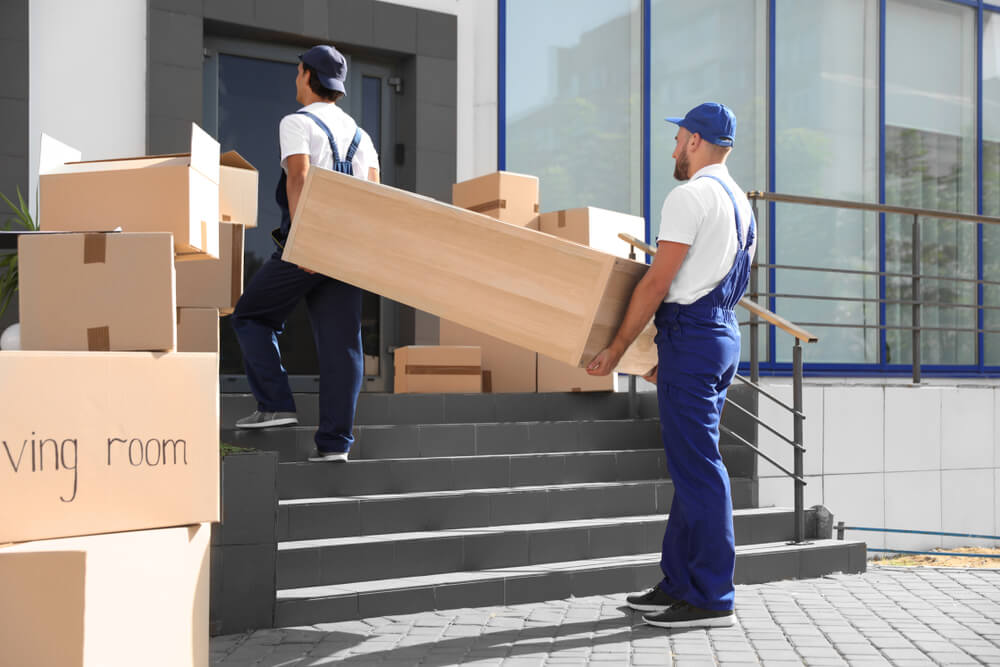When it comes to roofing services, there are many advantages to using a local provider. From having access to experienced professionals who understand the local climate and building codes to be able to get personalized service tailored specifically to your needs, working with a - local roofer can provide you with many benefits. In this blog post, we will discuss some of the advantages of choosing a local roofing service and why it is important for homeowners and businesses alike. Read on to learn more about how hiring a local roofer can help you save time and money!
One of the main advantages of working with a local roofer is that they are familiar with the local climate and building codes. This knowledge enables them to provide you with the best materials, techniques,and practices for your specific needs. They can also provide more detailed advice on how to properly maintain your roof in order to avoid costly repairs or replacements down the road. Additionally, since local roofers are usually smaller businesses, they tend to be more budget-friendly than larger companies and may have additional overhead expenses. Another great benefit of using a local roofing service is that they can often offer personalized services tailored specifically to your needs. Local providers typically focus more on customer satisfaction than larger companies which can make it easier to get exactly what you need.
Additionally local roofers often have access to specialized tools and materials that are not available through larger companies, allowing them to complete jobs faster and more efficiently. Finally, working with a local roofer can be more cost-effective in the long run because they typically charge lower rates for services due to their smaller overhead expenses. Furthermore, since they understand the local area better than most providers, they can often provide more accurate estimates of repair or replacement costs which can help you save money over time. In summary, there are many advantages to using a local roofing service including access to experienced professionals who understand the local climate and building codes; personalized services tailored specifically to your needs; access to specialized tools and materials not available through larger companies; and lower rates for services due to smaller overhead expenses.
Working with a local roofer can be an excellent way to save money in the long run while also receiving quality workmanship from experienced professionals. So do your research and find a reliable local roofing service near you today! Roofing Contractors When it comes to finding a - roofing contractor, there are many factors to consider. With the right contractor, you can be sure that your roof is installed correctly and will last for years to come. It’s important to look into a number of key qualities when choosing a contractor, such as qualifications, experience, customer service, and cost. First off, it’s essential to make sure that any prospective contractors have all of the necessary qualifications and certifications.
Many states require certain licenses and certifications in order for contractors to work on roofs; these include specialties like asphalt shingle installation or metal roofing projects. In addition, many contractors will have their own certifications from industry organizations such as the National Roofing Contractors Association (NRCA) or the International Code Council (ICC). Checking that a potential contractor has the appropriate qualifications and certifications can help ensure that your roof is being installed by a professional who knows what they’re doing. Experience is another important factor when it comes to choosing a roofing contractor. The more experienced a contractor is the more likely they are to get the job done right the first time around. Many experienced contractors will be happy to share references from past clients upon request – this can give you an indication of their quality of workmanship and customer service.
Finally cost should also be taken into consideration when selecting a roofing contractor. Generally speaking less experienced contractors may offer lower rates than more established ones; however, this doesn’t necessarily mean that they provide inferior services. Do some research into local businesses in order to compare prices with different levels of experience – this way you’ll be able to find an option that meets both your budget constraints and quality standards. In conclusion, it is important to do your research before selecting a roofing contractor in order to ensure that you get high-quality services at an affordable price point. Make sure that any potential hires have all of the necessary qualifications and certifications for working on roofs; ask them for references so you can get an idea of their level of experience; and compare rates between different companies so you can find one which best fits within your budget limitations while still providing top-notch services.
Roofing materials, when it comes to roofing materials, there are many options available that are suitable for a variety of applications. Depending on the climate and type of structure being built, different types of materials may be needed. Common roofing materials include asphalt shingles, metal roofs, clay tiles, wood shakes, and slate. Asphalt shingles are the most popular choice for residential roofs due to their relatively low cost and ease of installation. They’re made up of several layers of fiberglass matting and asphalt which can be colored or treated with stone chips to create a variety of patterns. Asphalt shingles provide excellent durability against high winds and extreme temperatures while also providing good insulation values.
In conclusion, there are plenty of options when it comes to selecting the -right roofing material depending on your needs and budget constraints. Asphalt shingles provide excellent durability at an affordable price point while metal roofs offer greater energy efficiency; clay tiles come with superior insulation properties; wood shakes bring out a unique aesthetic appeal; while slate offers lasting durability coupled with an elegance that never fades away as some other materials do over time. Metal roofs, Metal roofs are becoming increasingly popular for both residential and commercial applications due to their longevity and energy efficiency. Metal roofs come in a range of styles such as standing seam panels, corrugated sheets, or ribbed panels which can be painted or coated in various colors. In addition to providing superior weather resistance, metal roofs also reflect solar radiation more efficiently than other materials which can help reduce energy costs over time.


